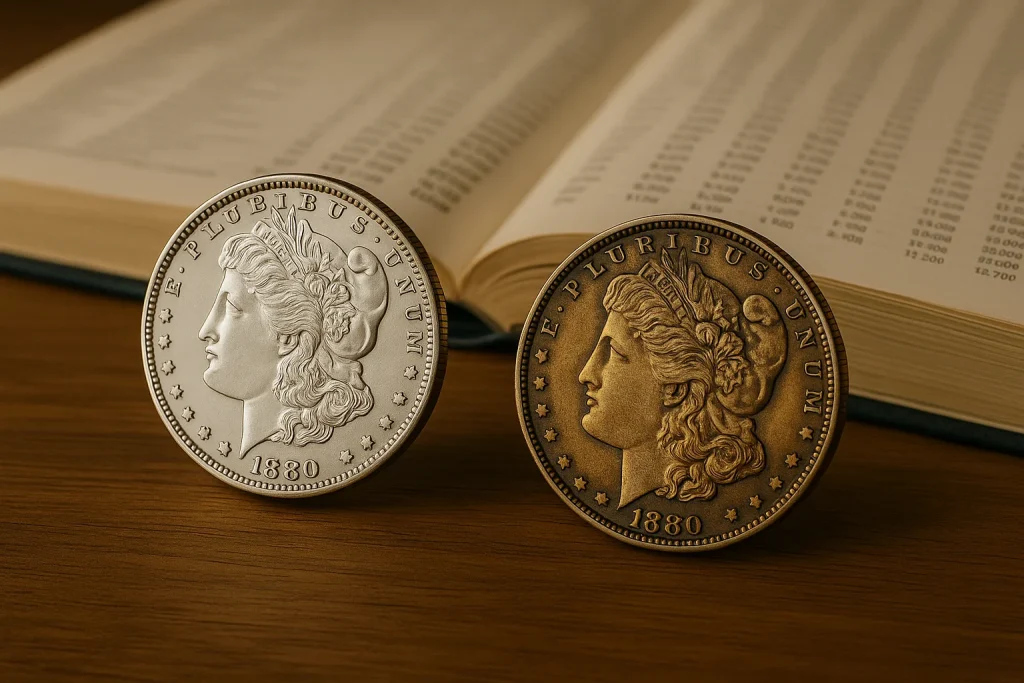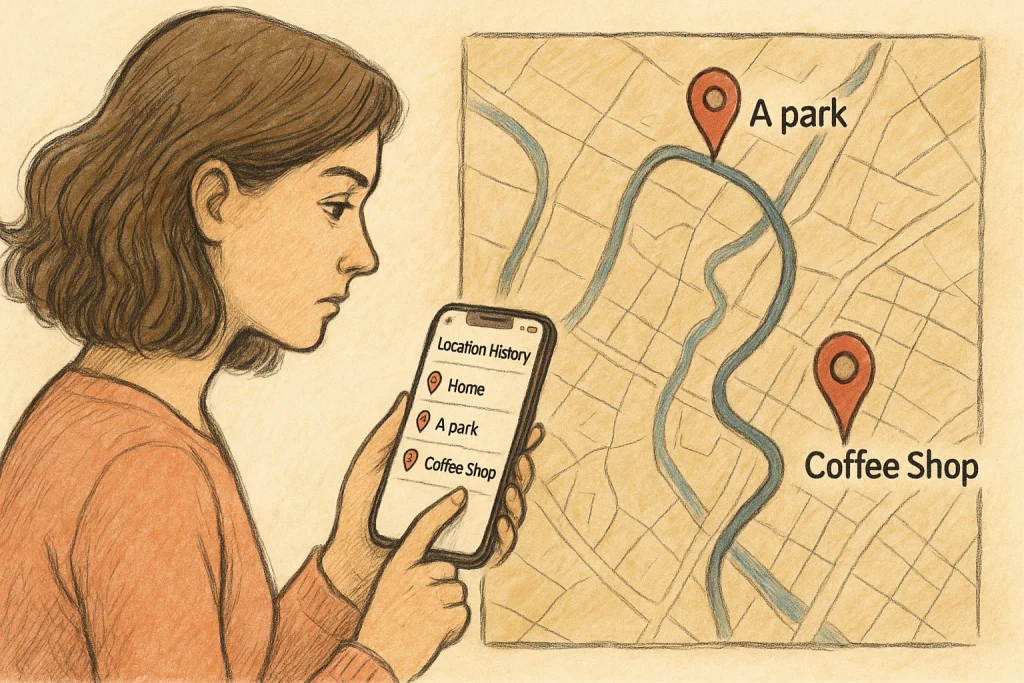Understanding Mobile Payments and Their Evolution
The Dawn of a Cashless Revolution
Picture this: you’re standing in line, juggling loose change and wondering why coins even exist anymore. Now imagine whipping out your phone, tapping it once, and walking away with everything sorted—no fuss, no digging into your pockets. That’s the magic of mobile payments, a transformative technology rewriting how we think about transactions.
It all started humbly. Remember SMS payments? Back in the day, sending a text to donate to a cause felt cutting edge. Fast forward, and we’re talking about apps like Apple Pay and Google Wallet blending convenience with futuristic precision. Mobile payment systems evolved alongside smartphones, moving from clunky beginnings to seamless, app-driven experiences.
- NFC (Near Field Communication): This tech lets your phone “talk” to payment terminals with a simple tap.
- QR Codes: Suddenly, scanning funky black-and-white patterns feels second nature when paying at your favorite café.
- In-App Purchases: Who needs physical stores when a few swipes on an app can get you exactly what you want?
From these beginnings, mobile payments have leapt into our everyday lives—fast, secure, and almost spellbindingly simple.
How Mobile Payments Are Transforming Coin Transactions
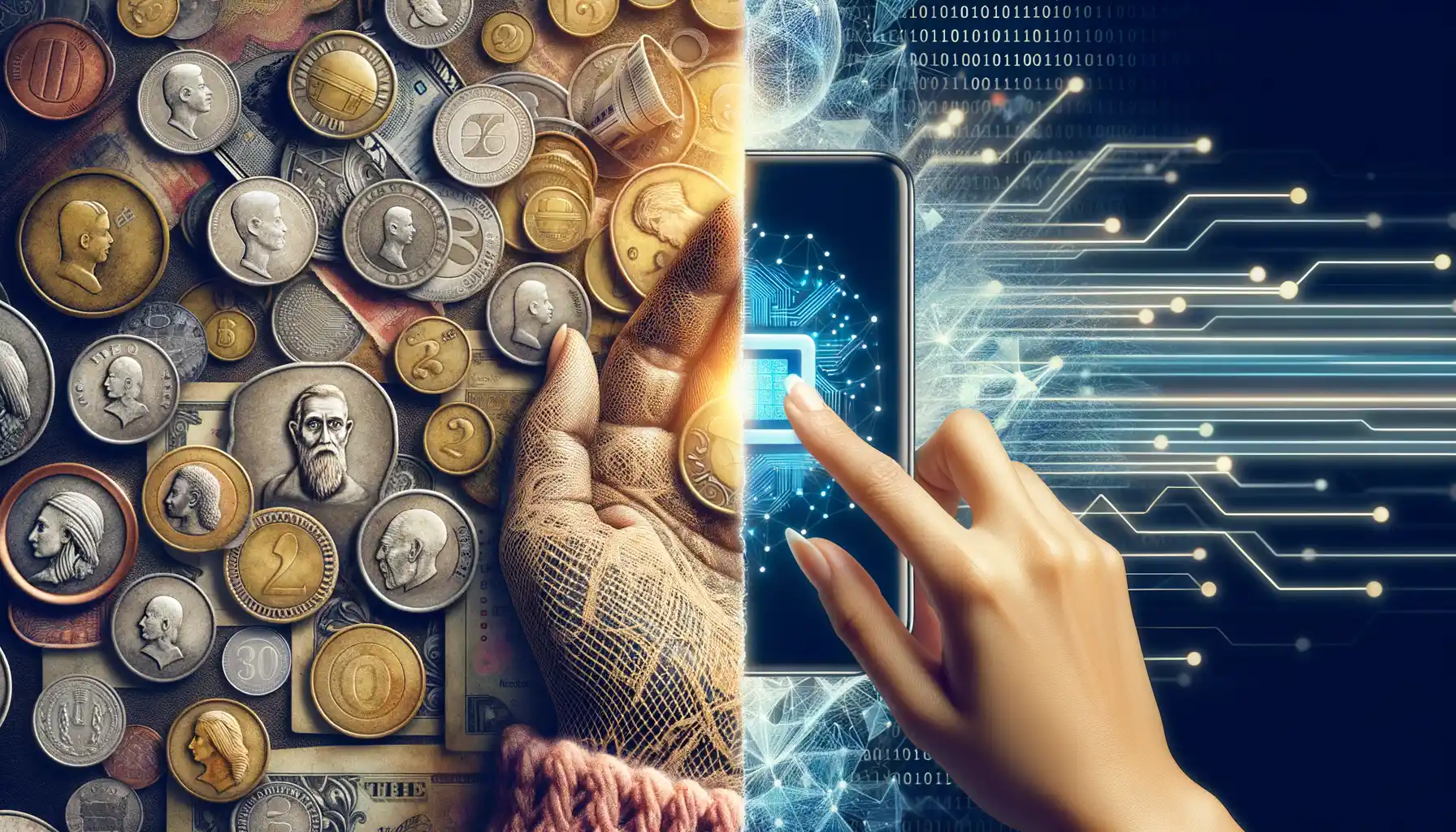
From Piggy Banks to Pixels: A New Era for Coin Transactions
Remember those jingling pockets filled with loose change? That clatter as you fished out a coin from your wallet at a café? Well, say hello to a world where coins now live in the cloud! Thanks to mobile payment systems, even something as old-fashioned as coin transactions is getting a 21st-century makeover.
With apps like PayPal, Venmo, or Google Pay, you don’t need physical coins—your smartphone becomes your all-in-one currency hub. But what’s really exciting? Mobile payments don’t just replace coins; they elevate them. Imagine splitting a bill and transferring the exact equivalent of two quarters and a dime, instantly and without the awkward stares. It’s precise, fast, and downright magical.
- Turn spare digital “change” into small donations for charity.
- Pay exact amounts in vending machines via a quick QR code scan.
- Exchange micro-amounts with friends for fun wagers or shared subscriptions.
What’s more, mobile wallets eliminate another headache—overpayment. No more tipping extra because someone didn’t have spare change. With digital coins, every cent counts (literally!). Feeling nostalgic about physical coins? No worries. They’re still here but play second fiddle to their sleeker, faster virtual cousins.
Key Technologies Behind Mobile Payment Systems
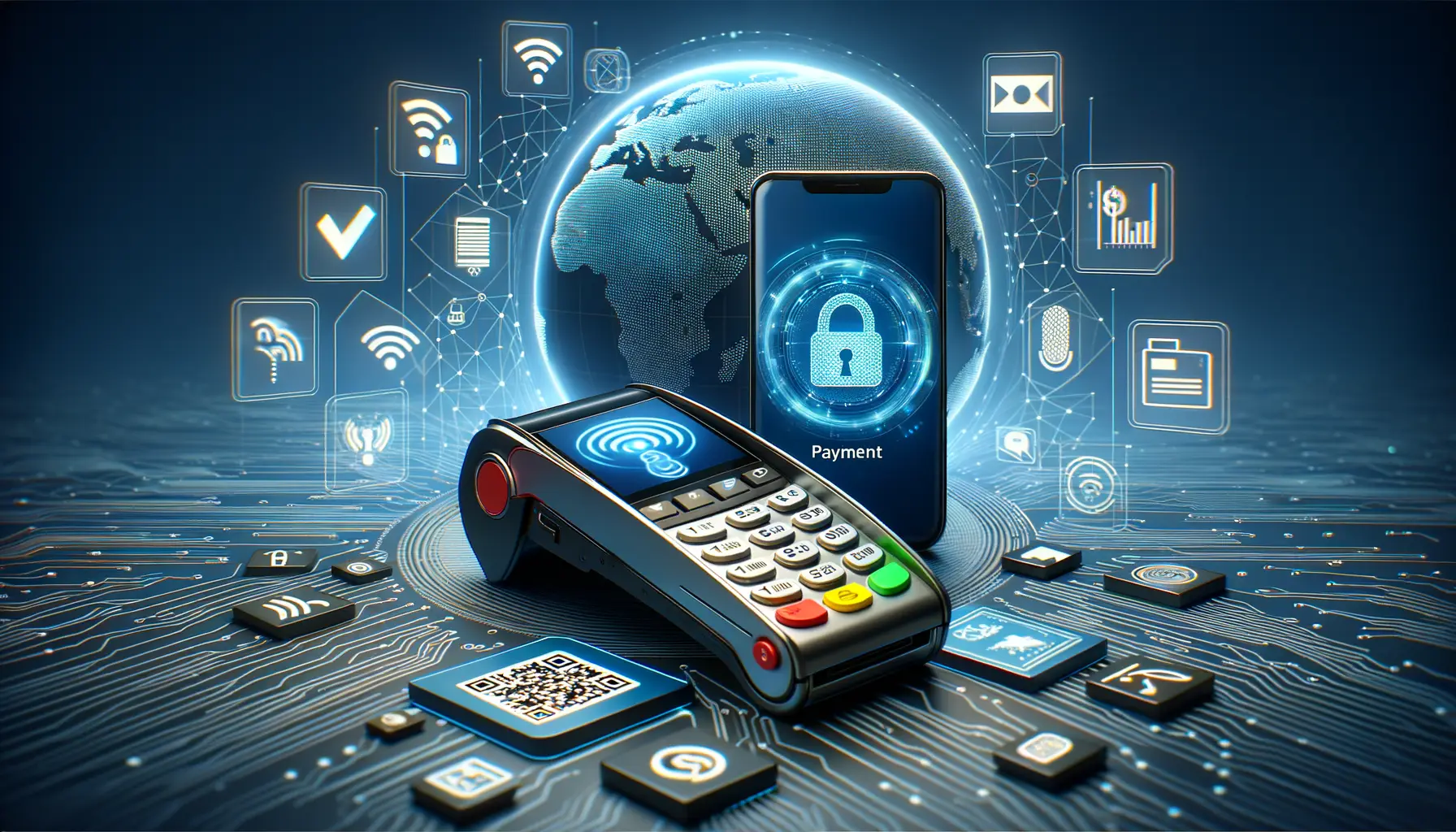
Powering Mobile Payments: The Technology That Makes It Possible
Have you ever stopped to marvel at what’s happening in that tiny moment when you tap your phone to pay? It’s like a high-tech magic trick, but it’s all grounded in some incredibly advanced technologies. Let’s lift the curtain.
At the heart of mobile payments lies Near Field Communication (NFC). Think of NFC as the quick handshake between your smartphone and the card reader—it’s contactless, nearly instantaneous, and feels like second nature. But it’s more than just fancy tech; its encryption makes it far safer than fumbling for cash or cards.
Then there’s Tokenization, the unsung hero behind the scenes. Instead of sharing sensitive bank details, it swaps them for a unique, temporary code—that’s your token. Picture tokenization as your personal bodyguard, ensuring your data never falls into the wrong hands.
And let’s not forget about QR Codes. They may look like modern art, but they’re the perfect middle ground for transferring payment info. With a quick scan, you can settle a restaurant bill or support a street performer without breaking the flow of your day.
These technologies don’t just function—they orchestrate a seamless dance of speed, security, and convenience. Isn’t it fascinating what your phone is capable of?
Benefits and Challenges of Mobile Payments in Coin Transactions
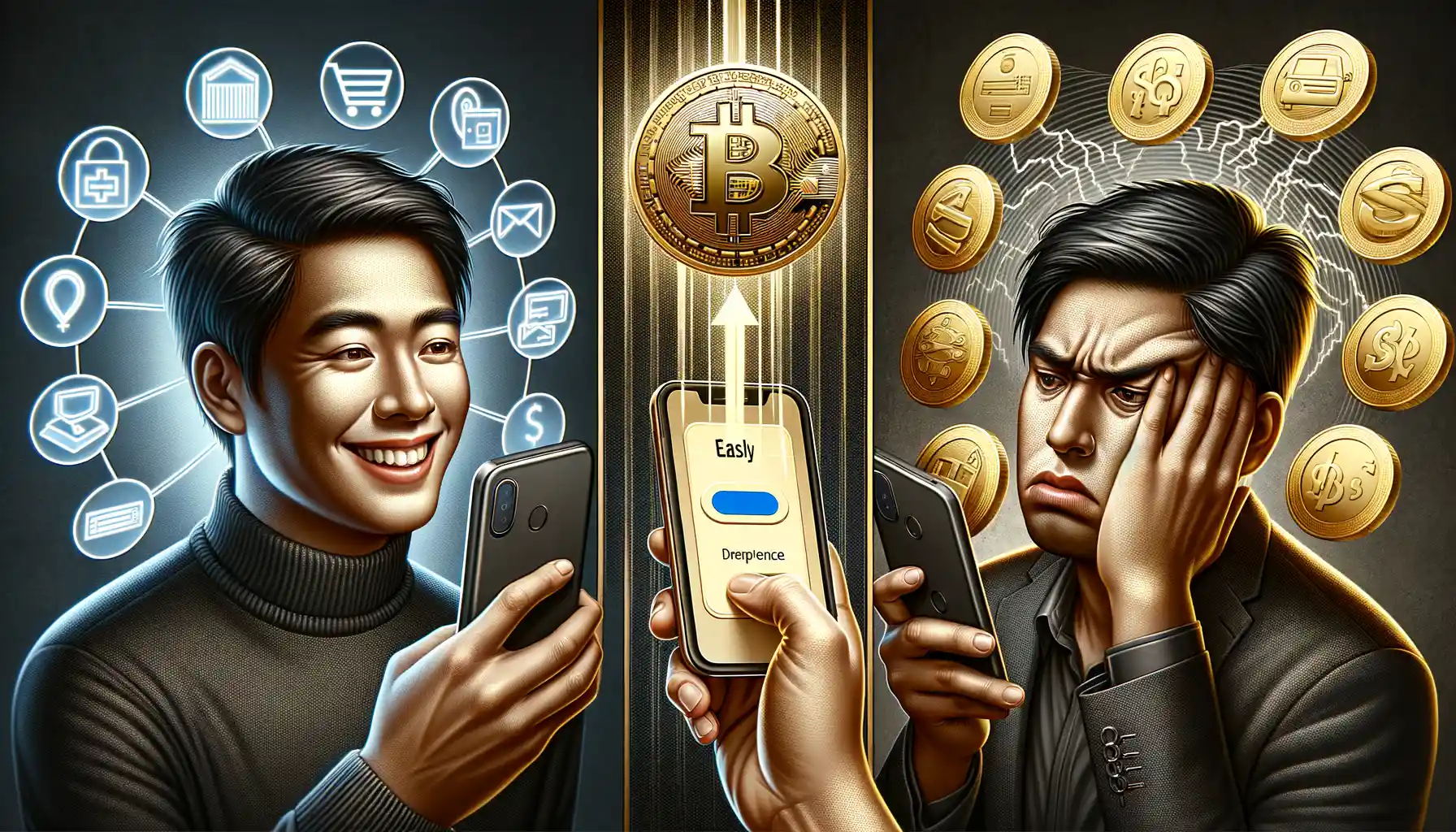
Why Mobile Payments Make Coin Transactions Shine
Imagine you’re buying a rare collectible coin at a bustling flea market. Instead of fumbling with cash or worrying about the exact change, you simply tap your phone, and *voilà*—the deal is done. That’s the magic of mobile payments in coin transactions. They bring something old (coins) together with something very new (technology), creating a seamless experience that feels almost futuristic.
The benefits? Let’s count them:
- Speed and convenience: No more counting coins or carrying heavy bulky wallets. Transactions happen instantly, leaving more time for your passions.
- Security: Many apps use encryption, biometric authentication, and tokenization, making fraud harder to pull off than cracking a safe.
- Accessibility: Forget banks! Even in remote areas, mobile payments empower people to exchange coins with nothing more than a smartphone.
The Flip Side: When Mobile Payments Hit a Roadblock
But as wonderful as this sounds, life isn’t all smooth scrolling. Challenges exist. For starters, not everyone is on board yet. Some vendors still prefer cash or feel overwhelmed by digital systems. Then there’s the issue of network dependency. What happens when you’re deep in the countryside, chasing after an antique coin, and there’s no signal? Your sleek digital wallet becomes… well, useless.
And let’s talk about tech literacy. While younger generations swipe and tap like pros, not everyone grew up in the age of smartphones. For those less familiar, navigating mobile payment apps can feel like deciphering ancient hieroglyphs.
In the end, while the benefits often outweigh the challenges, mastering both sides of the coin—literally and metaphorically—is key to embracing the future of payments.
Future Trends in Mobile Payments and Coin Exchange

Revolutionizing Exchanges with Mobile Payment Advancements
The landscape of mobile payments and coin exchange is undergoing a fascinating transformation—almost like watching a bustling bazaar evolve into a sleek digital utopia. Imagine this: your smartphone, once just a device for texting or scrolling through social media, is now your virtual currency vault, trading partner, and security guard—all rolled into one.
What trends are driving this change? For one, the rise of blockchain technology is like giving mobile payments a turbo boost. It provides transparency and speeds up transactions across borders without the hefty fees. Second, we’re witnessing the birth of AI-powered payment systems. Think predictive analytics that suggest the best currency conversion rates before you even think to ask or fraud detection that’s always one step ahead.
- Near-field communication (NFC): Turning smartphones into tap-to-pay powerhouses.
- Digital wallets: Seamlessly integrating multi-currency accounts for easy global trade.
These innovations aren’t just features—they feel like superpowers! Picture walking through a marketplace in Tokyo, instantly swapping yen for euros, knowing it’s secure and optimized. The future isn’t near—it’s right in your pocket.
Personalization Meets Convenience in Payments
Here’s where things get even more exciting: personalization. Mobile apps are learning from us, tailoring experiences that feel almost too good to be true. Say goodbye to one-size-fits-all exchanges. Instead, envision an app that remembers your favorite coffee shop in Paris, tracking real-time currency changes so your euros stretch further. It’s like having a savvy concierge who knows your preferences better than you do.
Another bold leap? Biometric authentication. Forget passwords—your fingerprint, voice, or even iris scan is your new ticket to seamless payments. And let’s not forget about cryptocurrencies blending seamlessly with traditional currencies. The boundaries between digital coins and fiat money are dissolving faster than sugar in hot tea.
It’s more than convenience—it’s a future driven by trust, choice, and empowerment. The possibilities are electrifying, and they’ll change the way you think about transactions forever.
